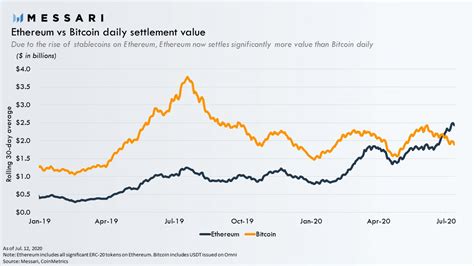Ethereum: If bitcoin is indivisible, where does change come from?
The Change Puzzle: Understanding Ethereum’s Role in Reducing Unspent Inputs
When it comes to digital currencies like Bitcoin, the concept of “change” can be confusing. If you want to give someone a certain amount of cryptocurrency, say 0.22 BTC, and they have an input of one Bitcoin (1BTC), how does the system solve this problem?
The answer lies in Ethereum, a decentralized platform that enables smart contracts and a programmable blockchain.
How Ethereum Reduces Unspent Inputs

In Bitcoin, when you want to send someone coins, you need to create a new transaction with their public address. The recipient’s wallet will then confirm the transaction and add it to its own blockchain. This process is known as “mining” or “proof of work.”
However, when the sender has multiple inputs (in this case, 1BTC) that they want to combine into a single output (0.22 BTC), it’s not possible to simply break the transaction into smaller pieces. This is where Ethereum comes into play.
Ethereum’s consensus algorithm is based on a network of nodes that validate transactions and maintain the blockchain. When a node receives a new transaction, it verifies its validity by verifying the identity of the sender, the recipient’s address, and the amount being sent.
To solve this problem, Ethereum introduces a concept called “unspent inputs.” Unspent inputs are outputs from previous transactions that have not yet been spent. These unspent inputs are then combined with other inputs to create new outputs (e.g., 0.22 BTC) in a way that ensures that each output is fully spent.
This process of combining unspent inputs into outputs is known as “spending” or “redeeming.” When you send coins from your wallet to someone else’s wallet, the receiving node checks to see if there are any unspent inputs in the sender’s account. If not, they add these unspent inputs to their own blockchain and combine them with the new inputs to create a single output.
How Alice Can Give 0.22 BTC
Now that we understand how Ethereum handles unspent inputs, let’s apply this concept to our example. Let’s say you have 1BTC in your wallet and you want to give 0.22BTC to Alice.
Here’s what happens:
- You create a new transaction with a recipient address and specify an amount (0.22 BTC).
- The node validates the transaction, checks for unspent inputs in your account, and finds that there are none.
- The node combines the unspent inputs from previous transactions with yours to create a single output: 0.22BTC.
- The transaction is added to the blockchain, and Alice’s wallet receives her new balance of 0.22 BTC.
Conclusion
In short, Ethereum allows smart contracts to combine multiple unspent inputs into outputs using its concept of “unspent input.” This reduces the need for each individual output to be fully spent, allowing large amounts of cryptocurrency to be sent without creating a single transaction with all of its components.
As we continue to explore the intricacies of digital currency and decentralized applications, understanding how these concepts work will become increasingly important.
